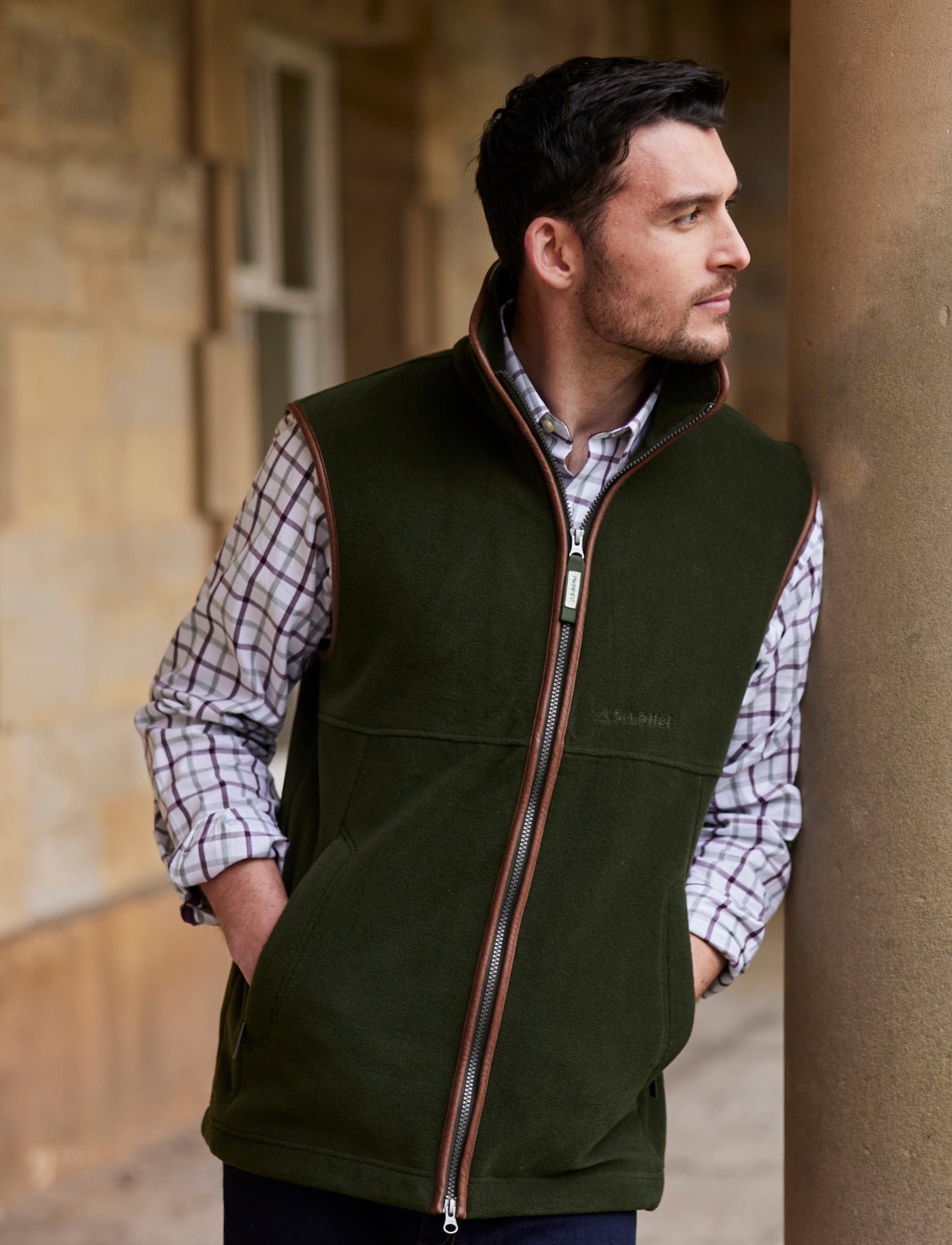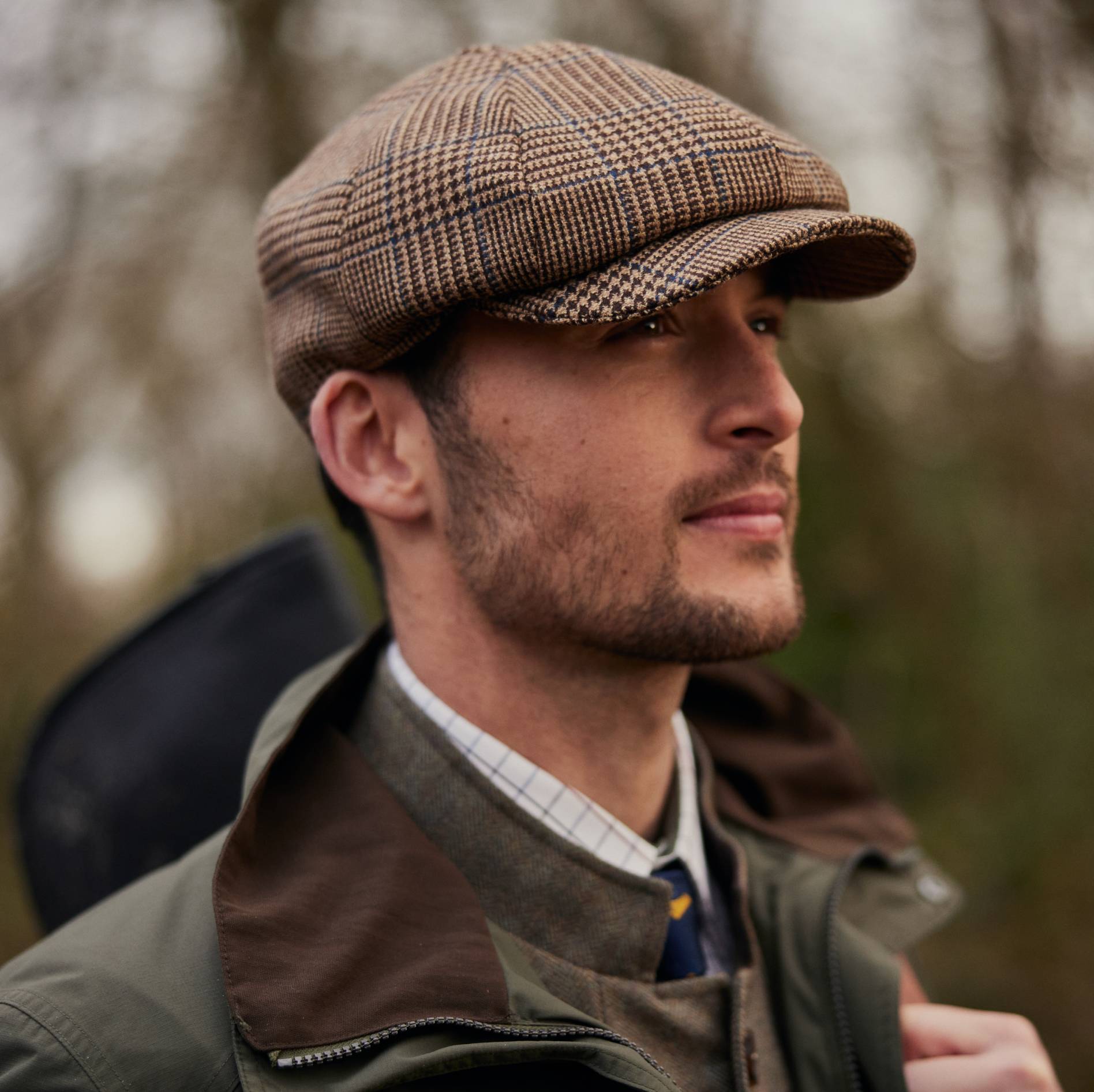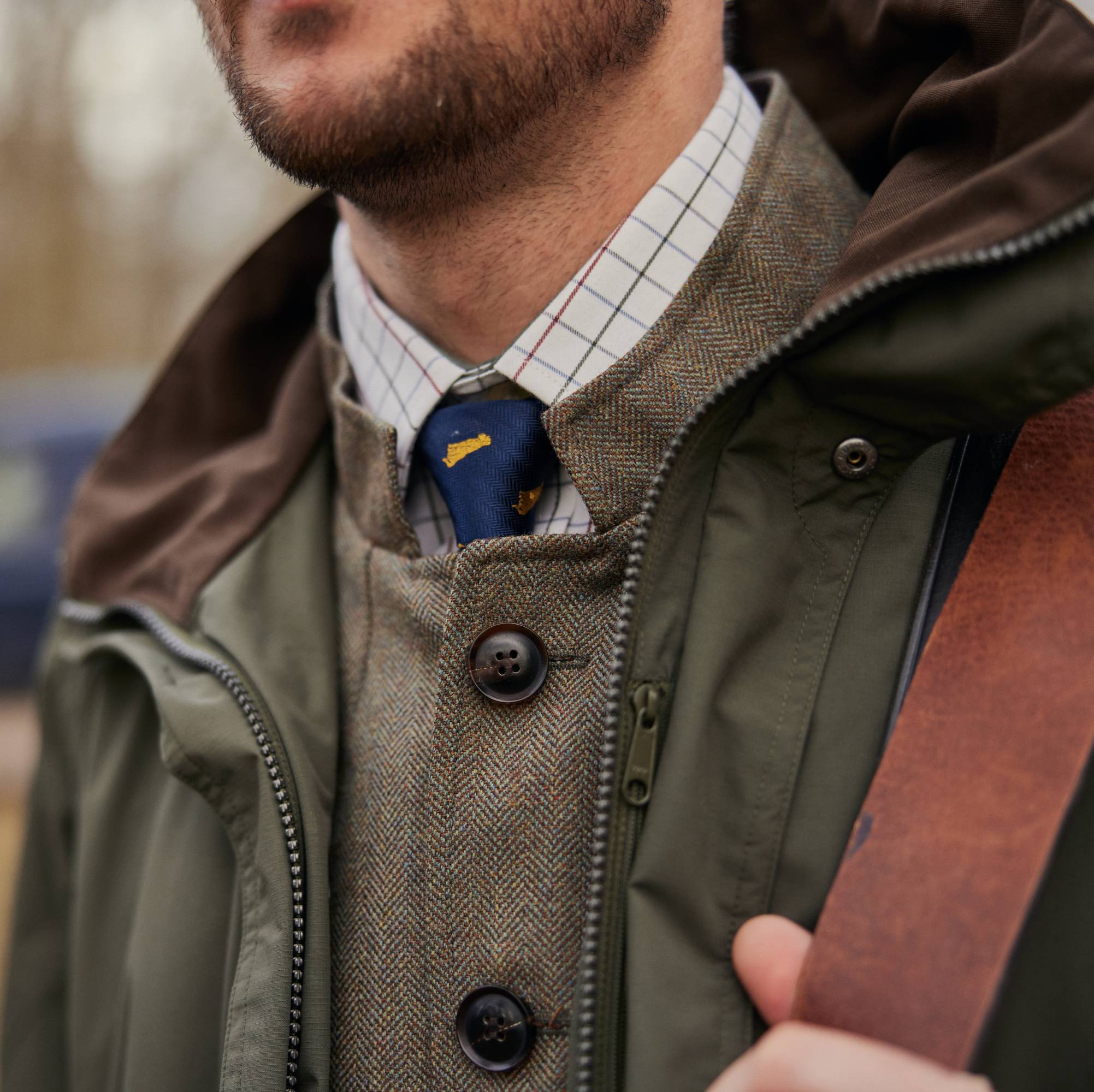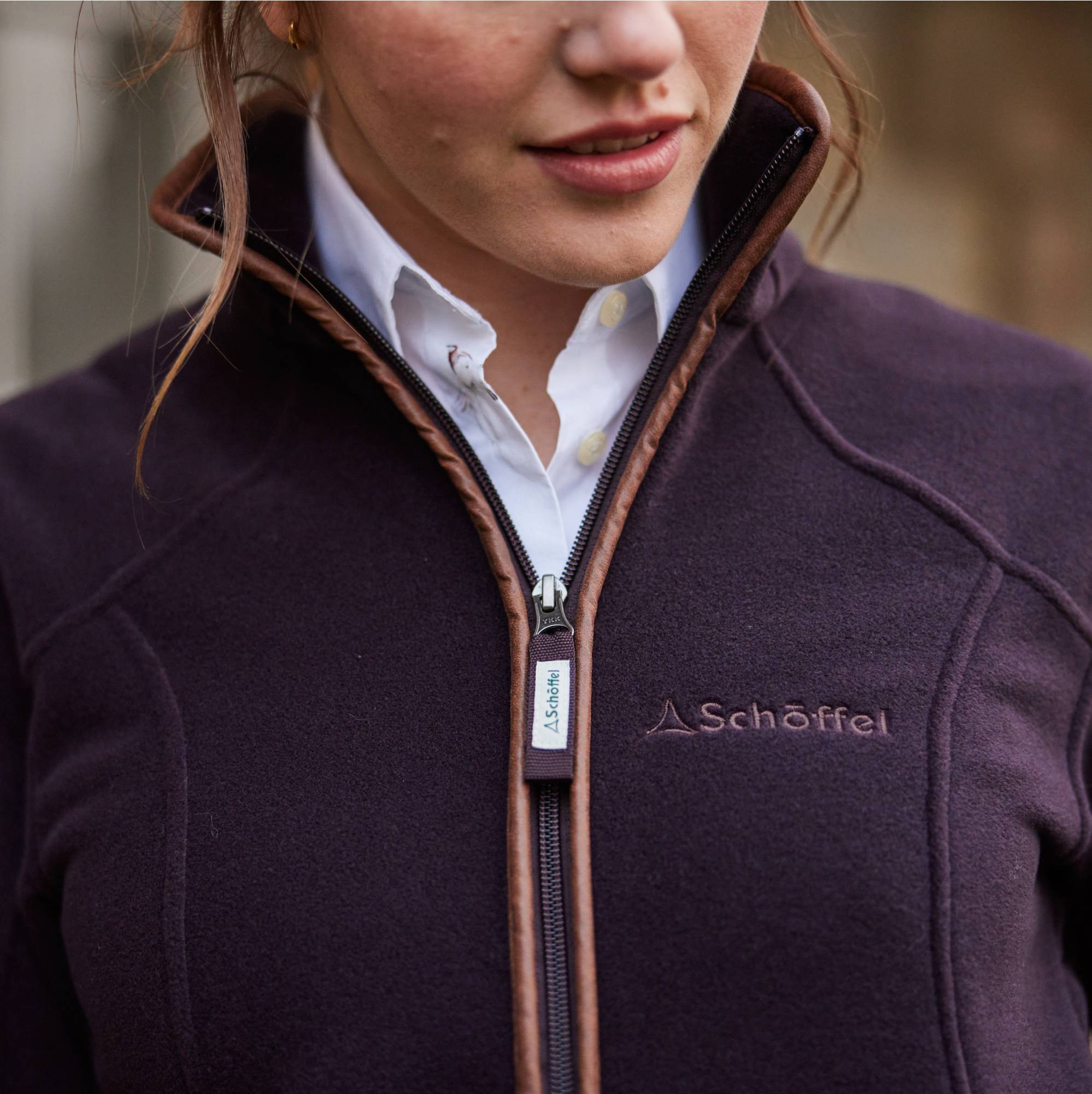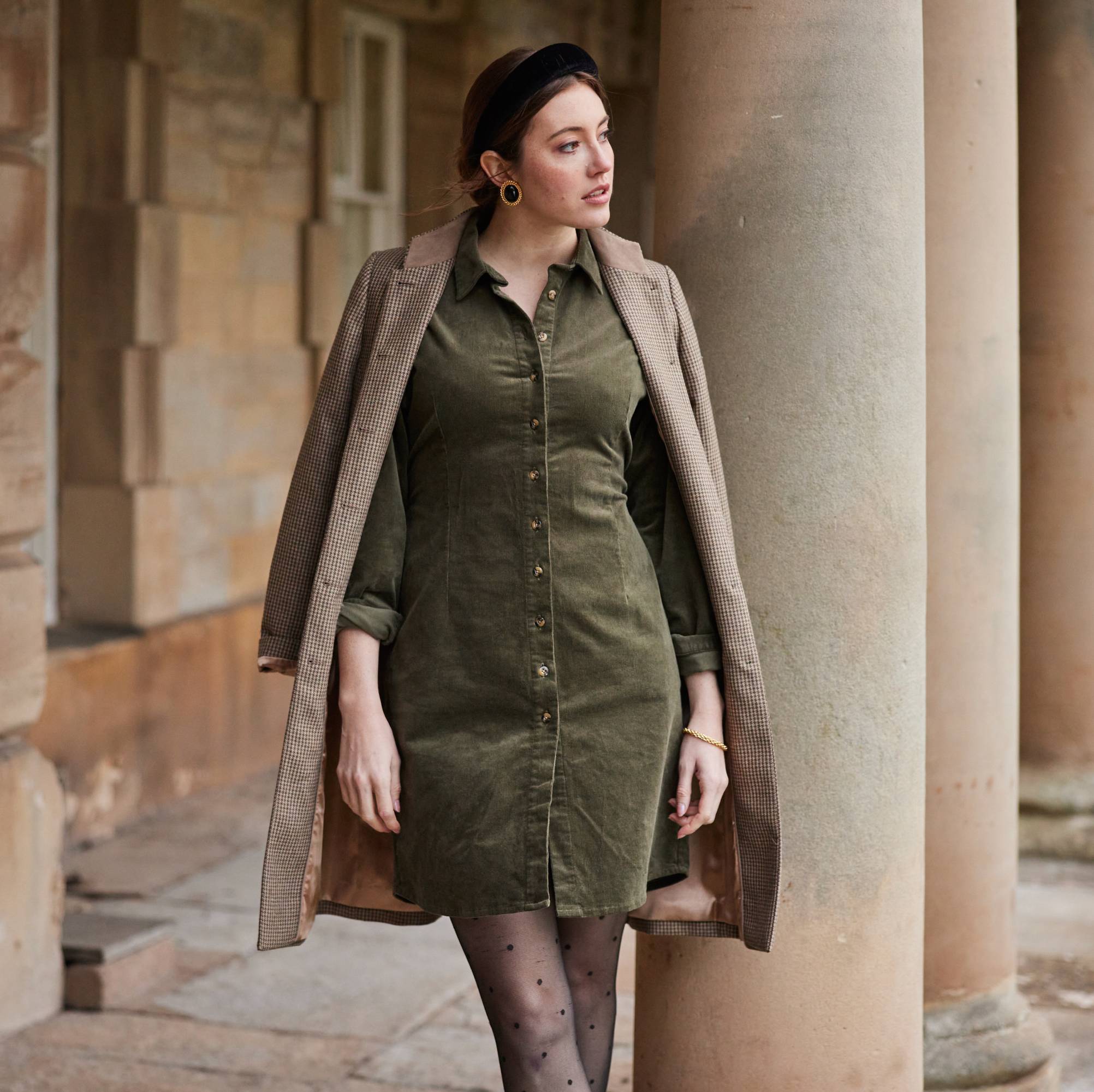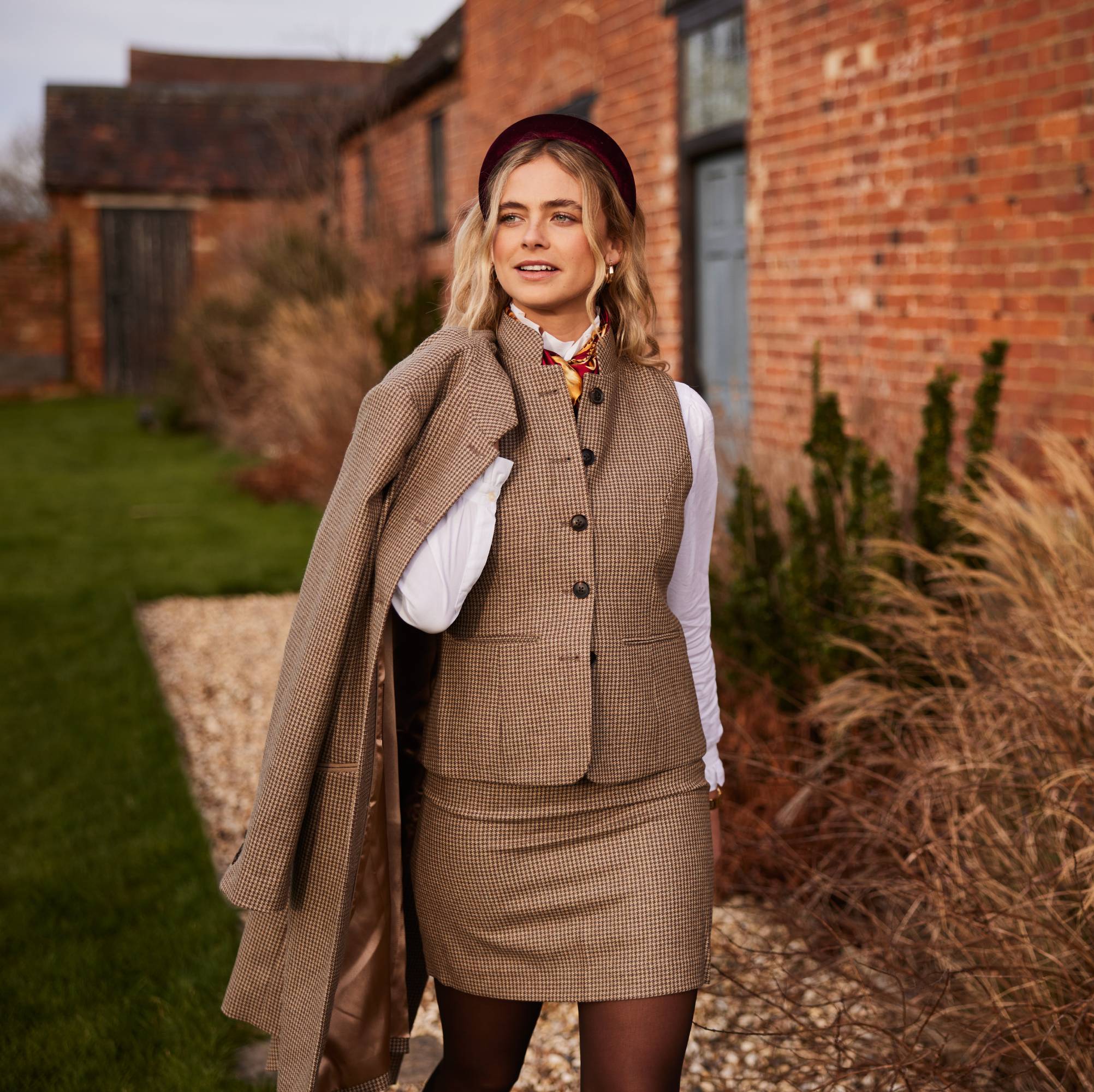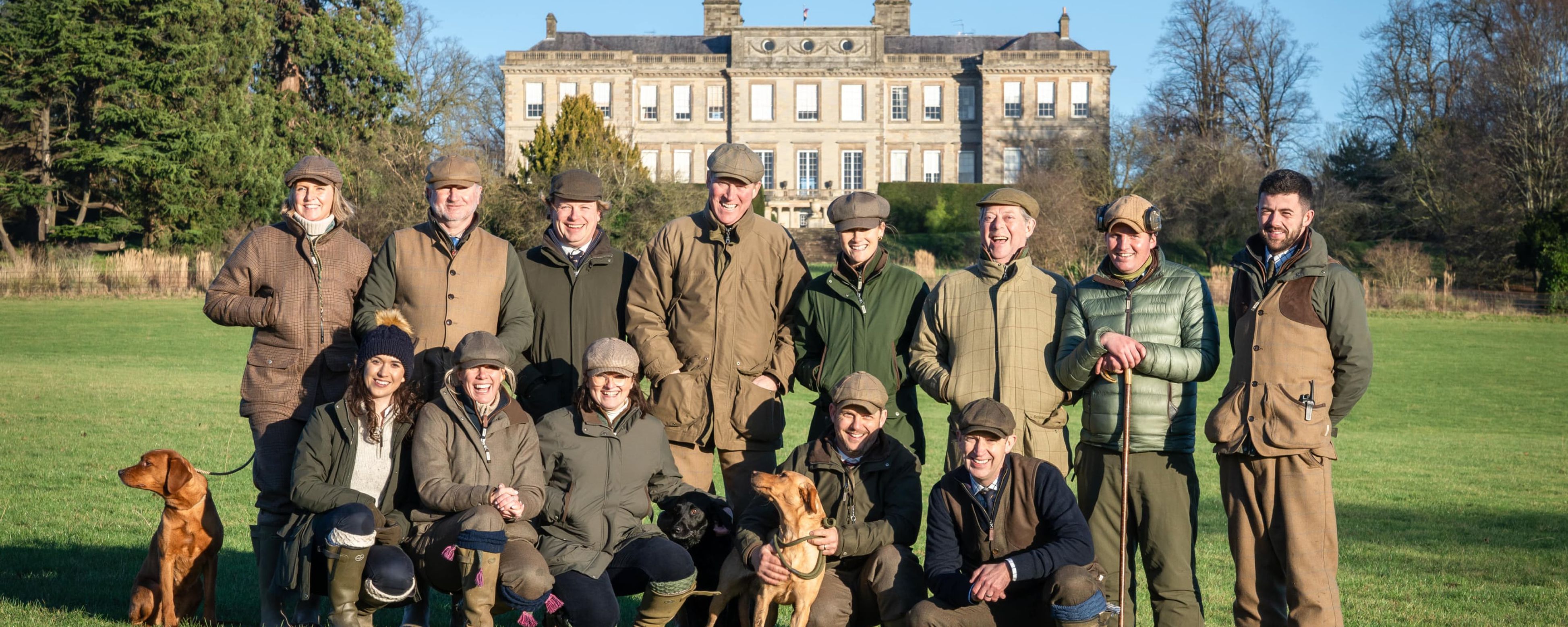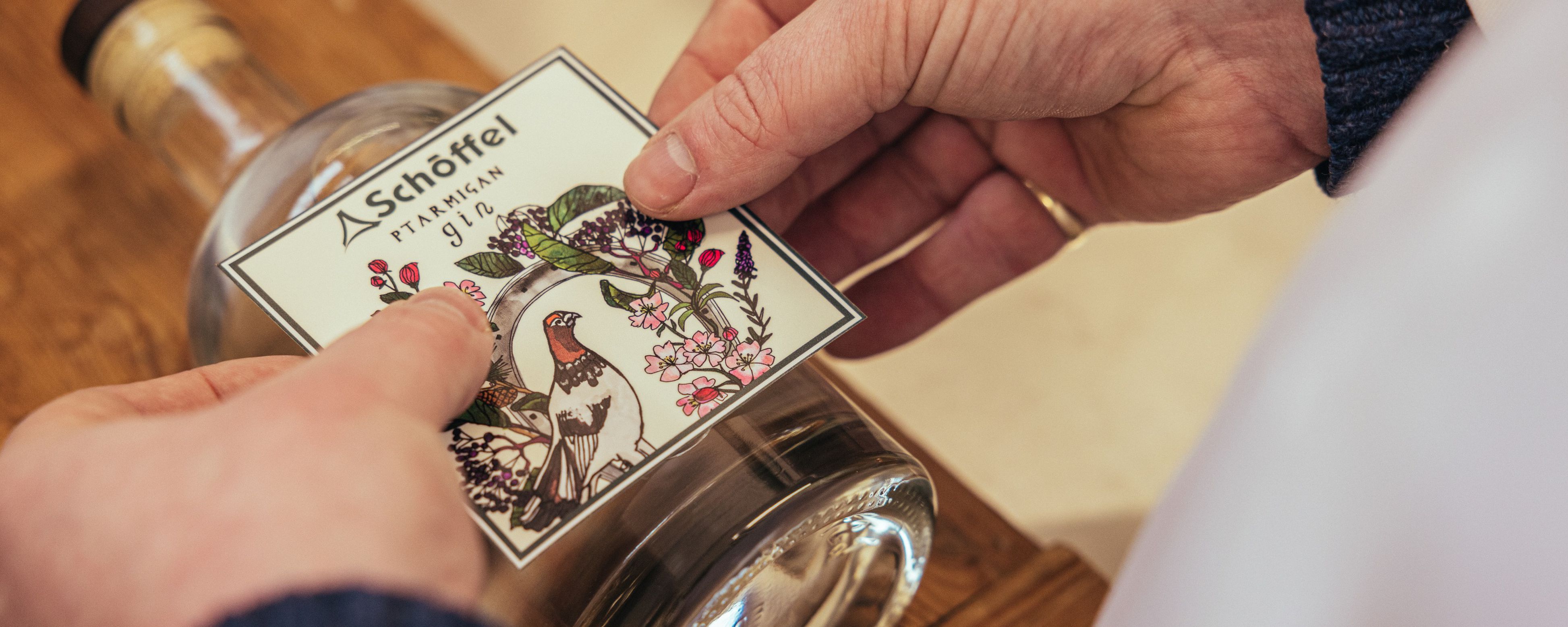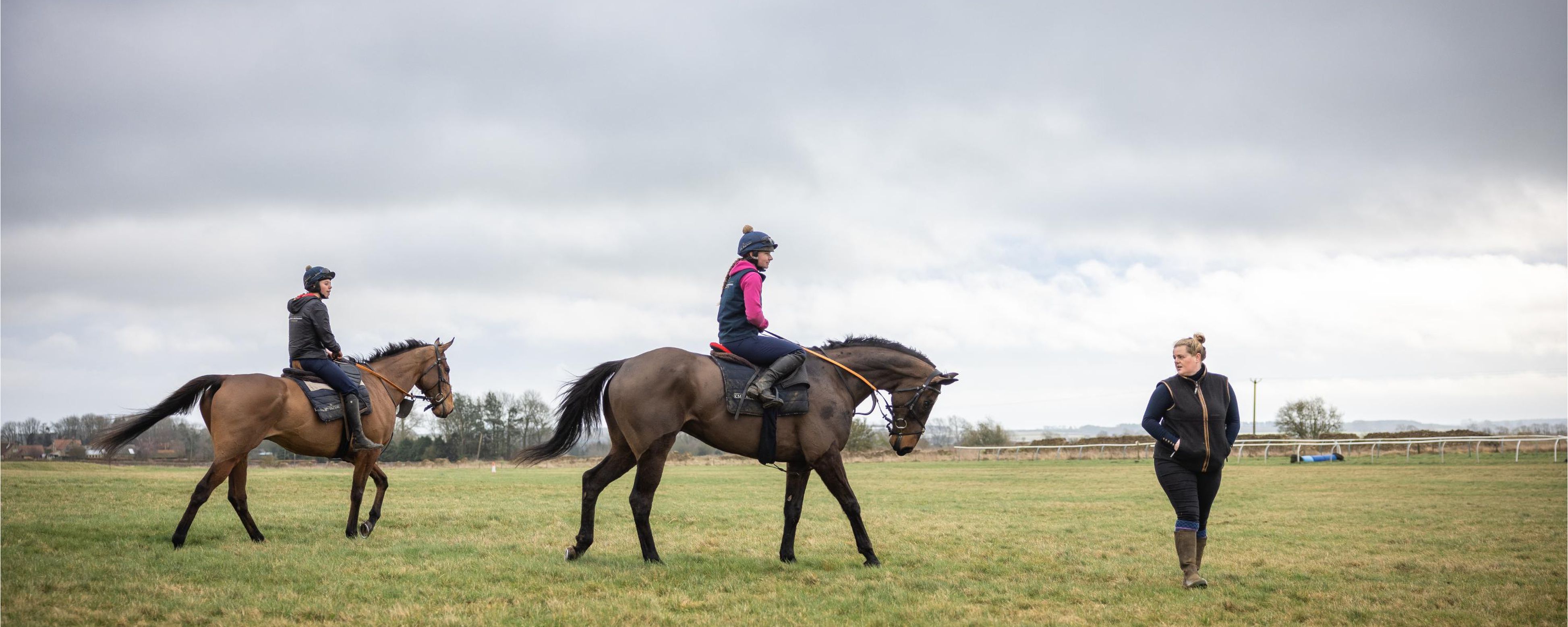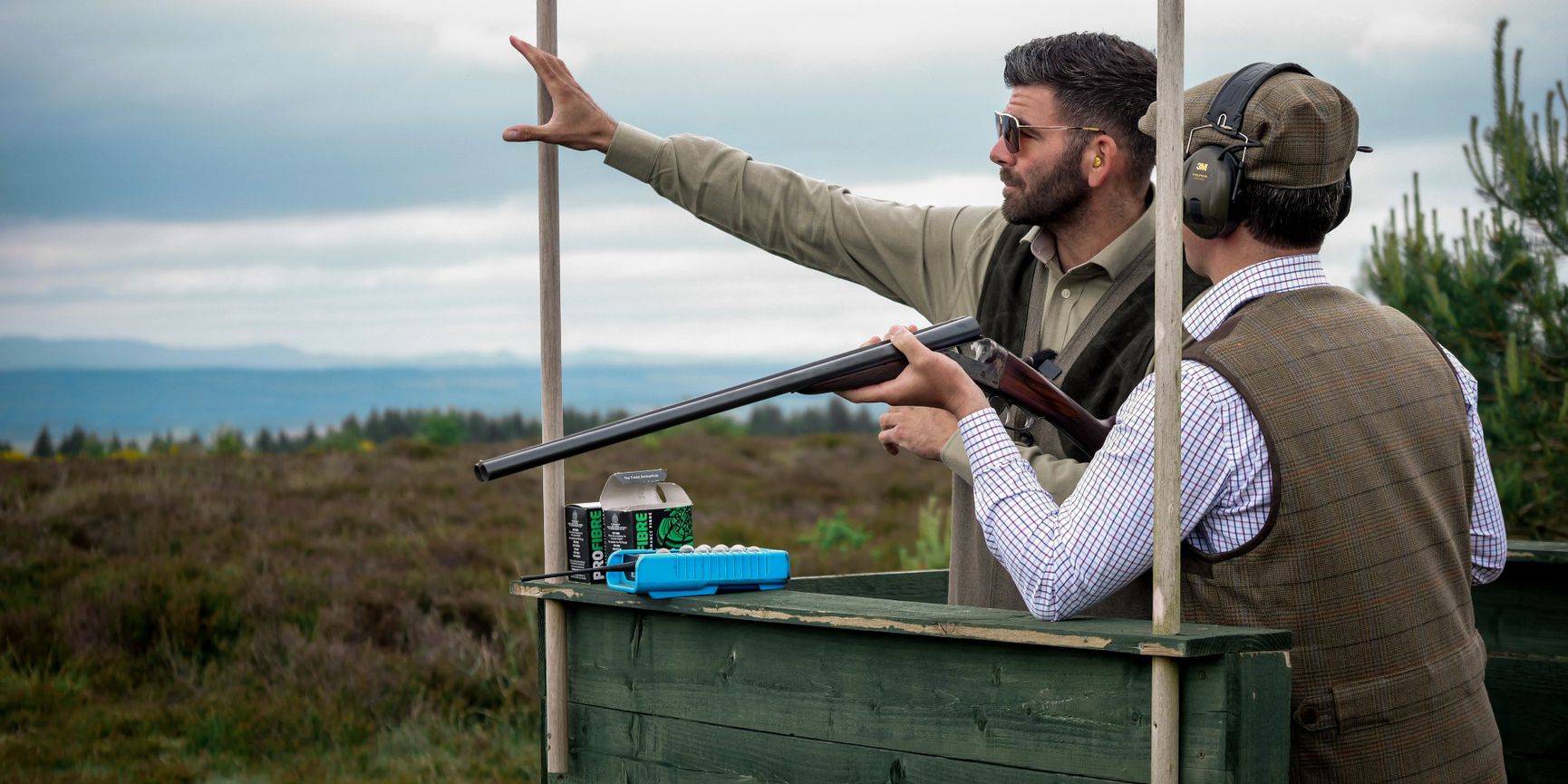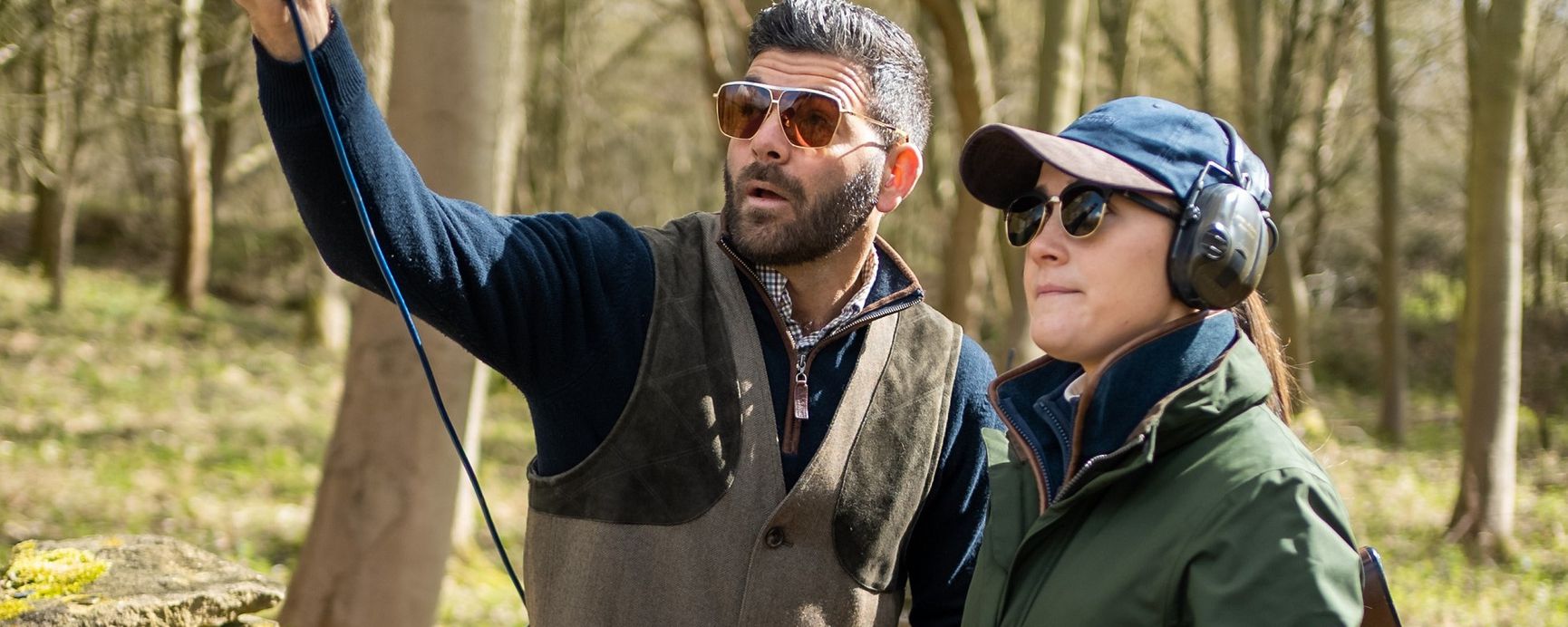
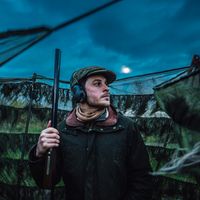
Building good foundations with Ed Solomons
Introduction
Schöffel Country Sales Manager Isobel McEuen and her father James visit Grimsthorpe Shooting Ground for a lesson with Ed Solomons.
Shooting history
James has been shooting game since he was young. His shooting is often inconsistent, and he suspects he has developed some bad habits over the years. He doesn’t practice out of season as much as he would like to.
Isobel has been shooting with her father a few times but is looking to get back into it on a regular basis.
Slow and steady wins the race
During the warm-up, Ed notices that James has a very fixed routine when he shoots. He tends to rush his gun mount and shot, irrespective of what the target is. By slowing down the process and giving himself a bit more time and lead on some targets, James will find his consistency improves.
Firstly, Ed and James identify the kill point for the target. Then, instead of simply pointing and shooting at the target, which often results in him missing the target behind, Ed suggests that he mounts the gun near the target and then stretch out in a long, deliberate movement into lead. This will also give James a better understanding of lead pictures.
Start with the gun just out of the shoulder, look to the left to see the target coming, then slowly and smoothly mount the gun and stretch out the lead. The aim is to make the process feel considerably slower and more controlled whilst better understanding the relationship between the gun and the target.
Understanding the target
Ed starts Isobel on a L-R crossing target that drops down. Therefore, the kill point will need to be in front, to the right of the target and slightly underneath. At the kill point, the target’s trajectory is heading towards the 4pm point on a clock face. So, once the gun has connected to the target, Isobel needs to stretch away from it on the 4pm line before pulling the trigger. As it’s a quick target, she’ll also need to give it a bit more lead than normal.
With any target, the most important thing it to make sure you are comfortable with your foot position and stance in relation to the kill point.
Once settled, Isobel will then move her gun position halfway back towards the trap and look left for the target to appear. As the target moves towards her barrel, she’ll smoothly stretch away on the 4pm line before pulling the trigger.
Top Tip from Ed – if you are still struggling with this type of target, move hold point back even further towards the trap so that the target reaches the gun sooner and gives you more time to complete the shot.
Sim Pairs
Ed and James move on to a stand with a simultaneous pair to continue practicing the technique of slowing down the entire process, having a smoother gun mount and spending more time with the target.
With many sim pairs, the worst thing you can do is panic the first shot because this makes the pair much harder to shoot and you’ll gain no advantage from shooting it as quickly as possible.
Everything should feel like slow-motion!
Minimum effort, maximum output
Ed and Isobel finish the lesson with a fast, going away target. Unlike most of the targets she has faced so far today, this one requires her to be faster and more instinctive, which should be no problem now she’s used to controlling the gun.
The target is shallow, curling slightly to the left. Therefore, it will require no lead but a slight bias to the left-hand edge. As the target is curling and dropping, the longer you leave it, the harder it will be to shoot.
The process, however, is the same as before. Isobel ensures her stance and feet are positioned correctly in relation to the kill point, winds the gun back to the trap for her hold point, watches to the right for the target to appear, moves with it, pushes to the left edge, and pulls the trigger.
A short, controlled move.
Conclusion
For James, as a more experienced shot, Ed has focused the lesson on fine tuning his existing technique to increase consistency. To do this, Ed has focused on slowing down his technique and making each move more measured, giving him more time to hit each target.
For Isobel, as a novice shot, Ed has focused more on building good foundations so that she can approach any target with confidence. This has included making sure her stance and footwork are correct before every shot, learning to identify kill and hold points and her visual discipline (i.e looking back for the target as it comes to the gun).




